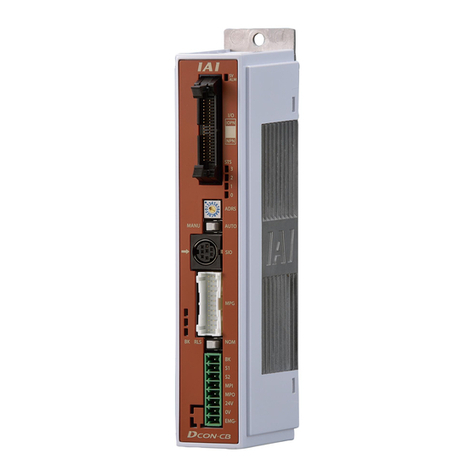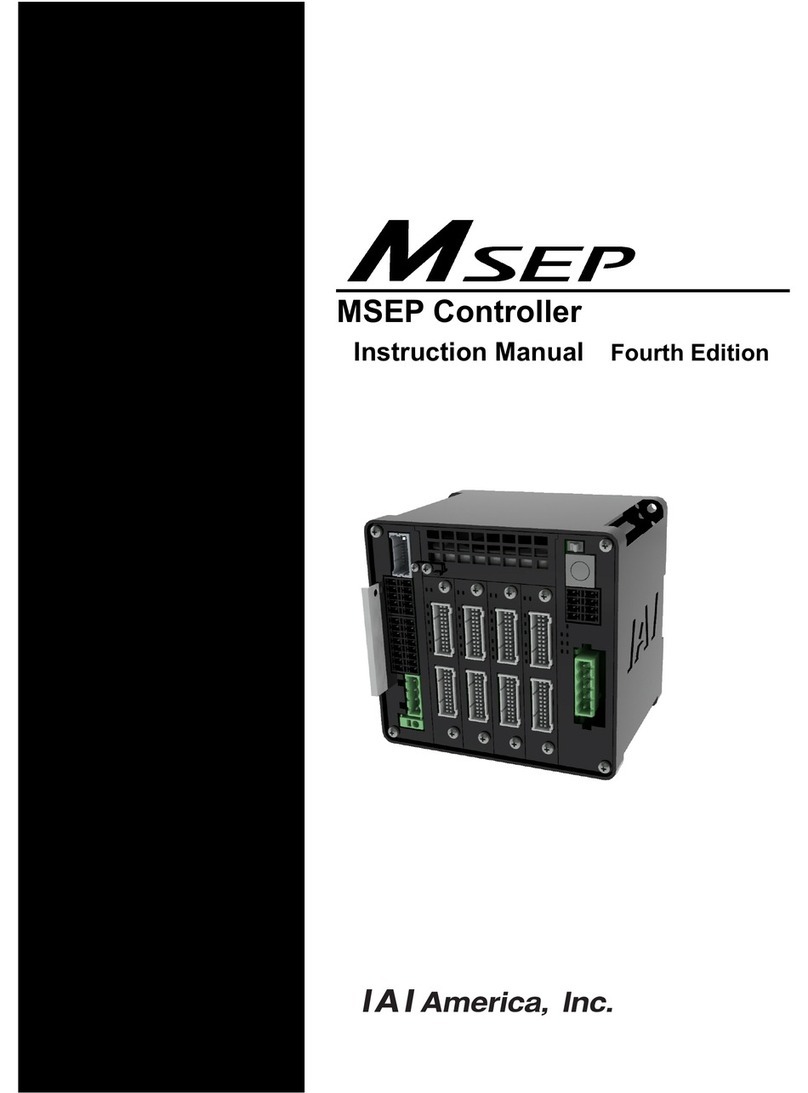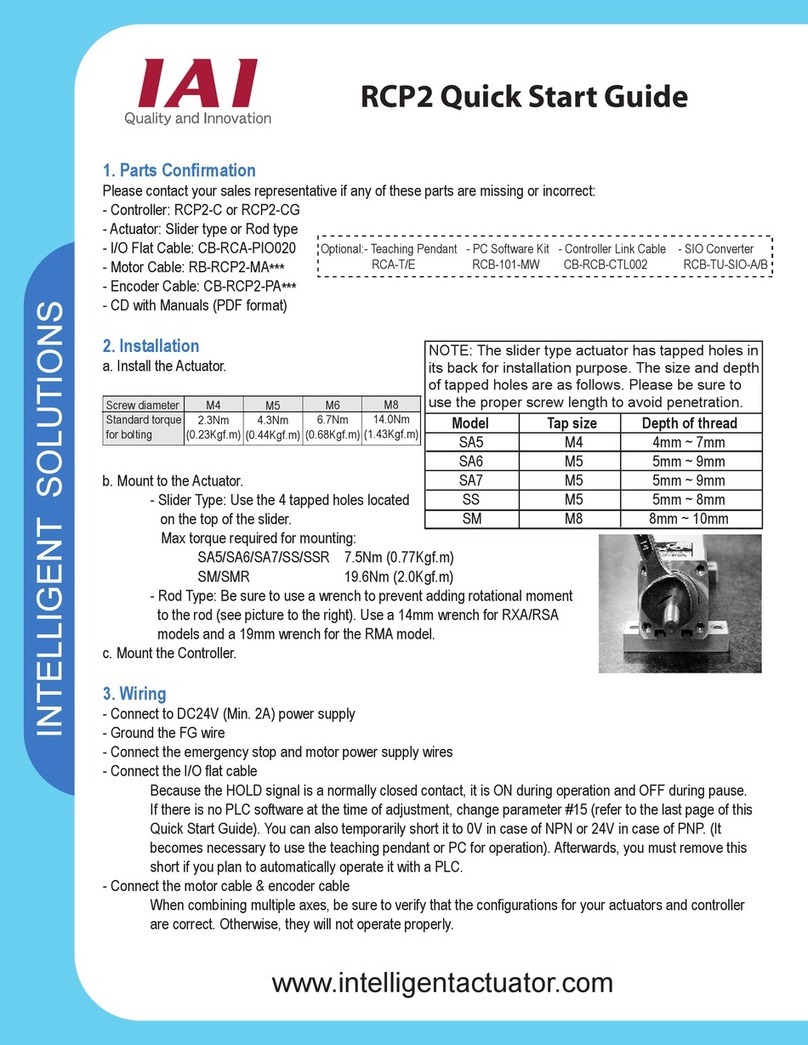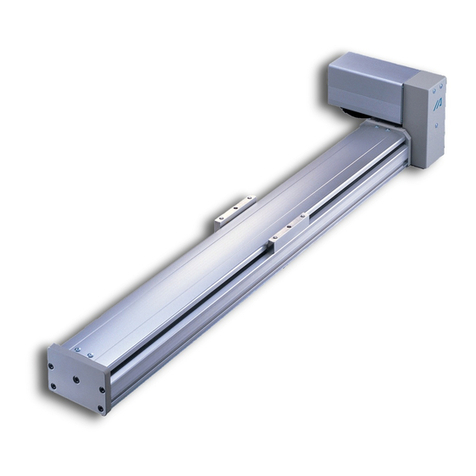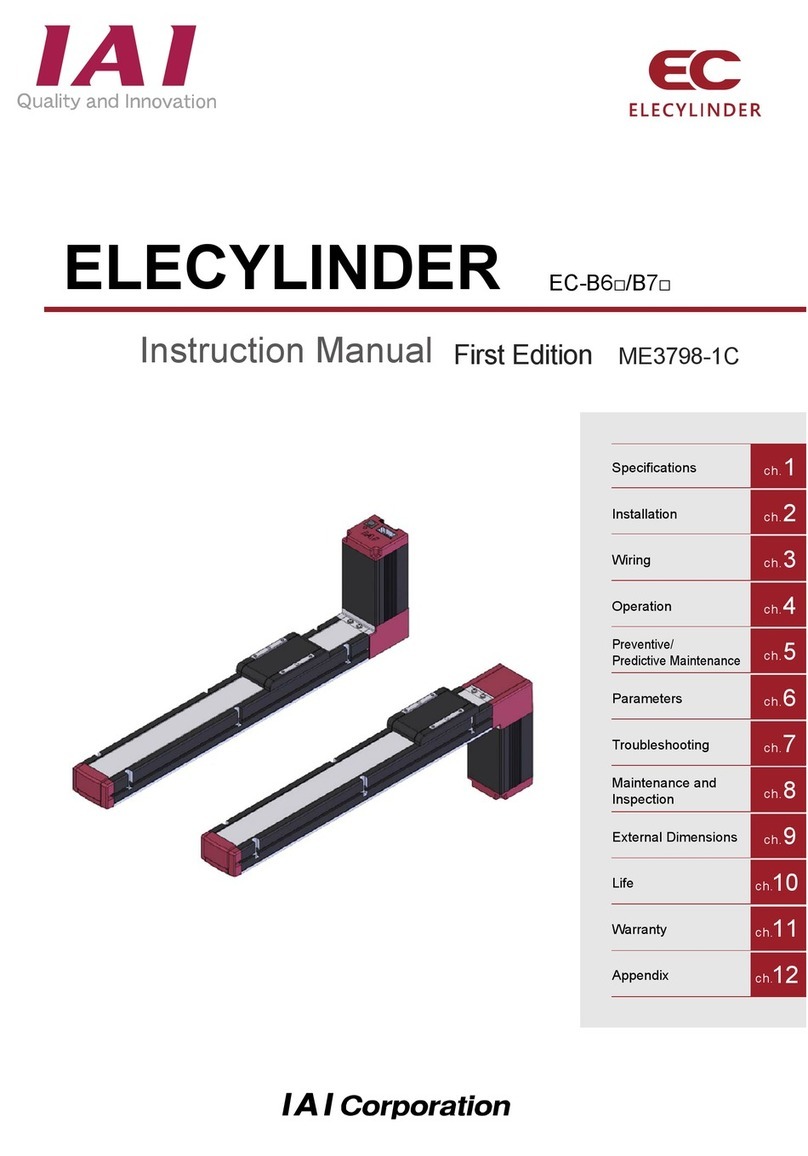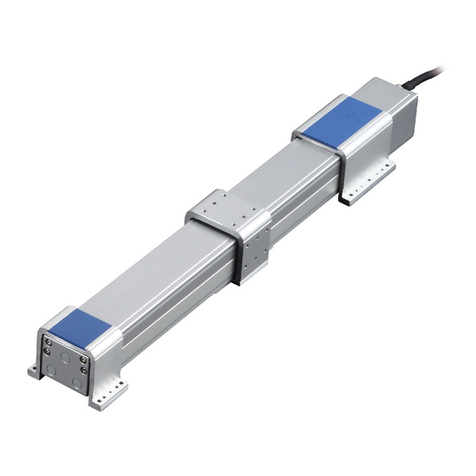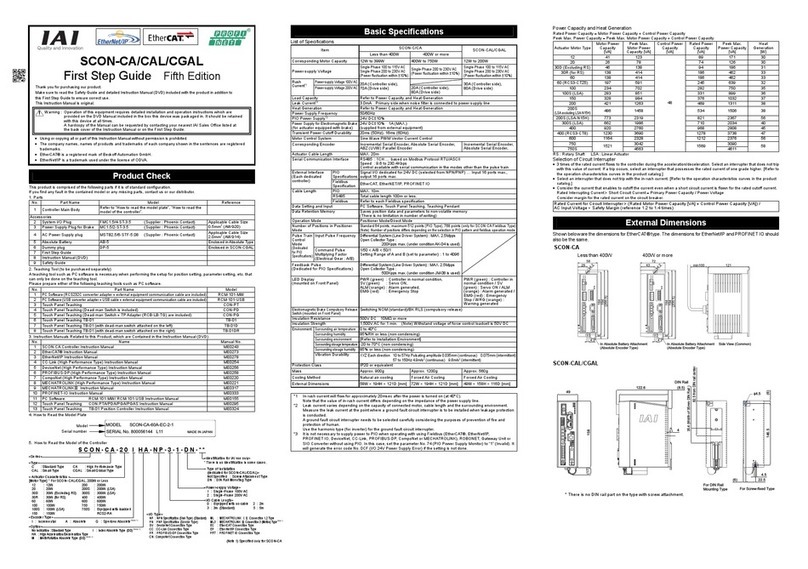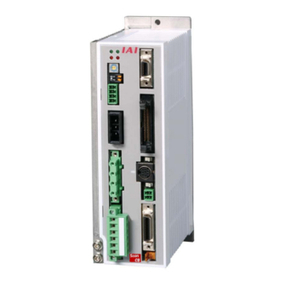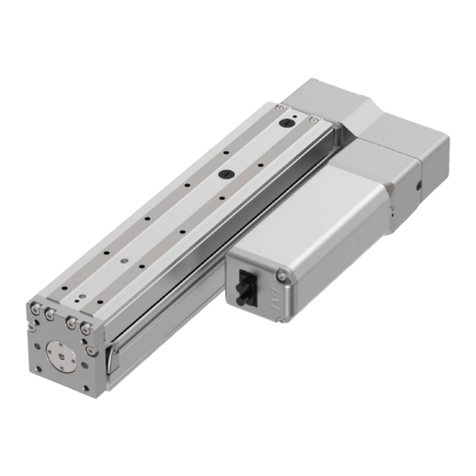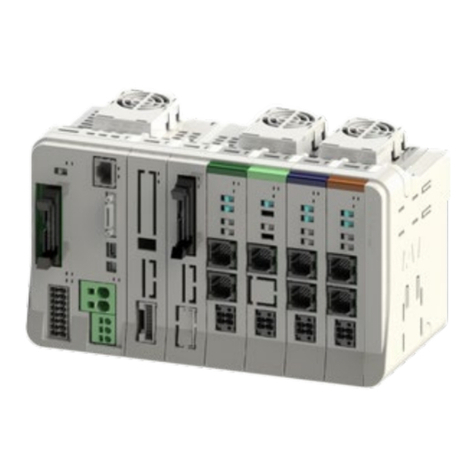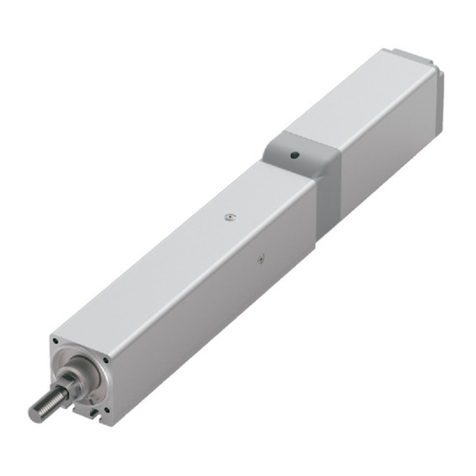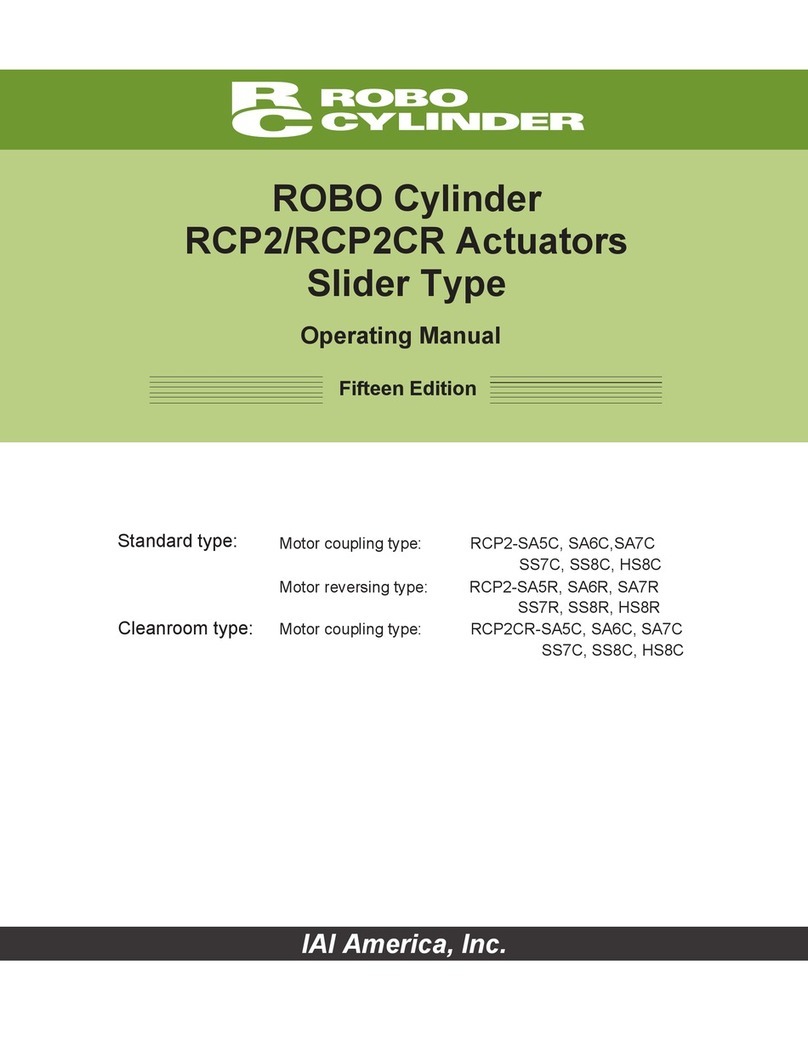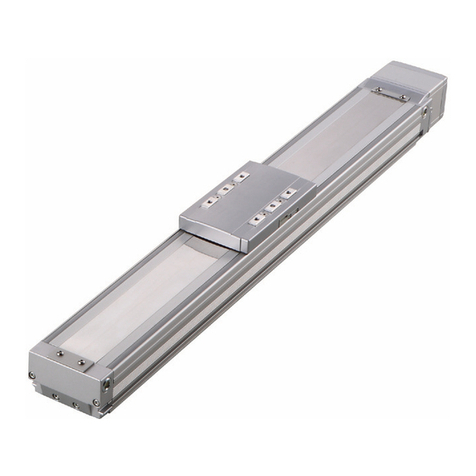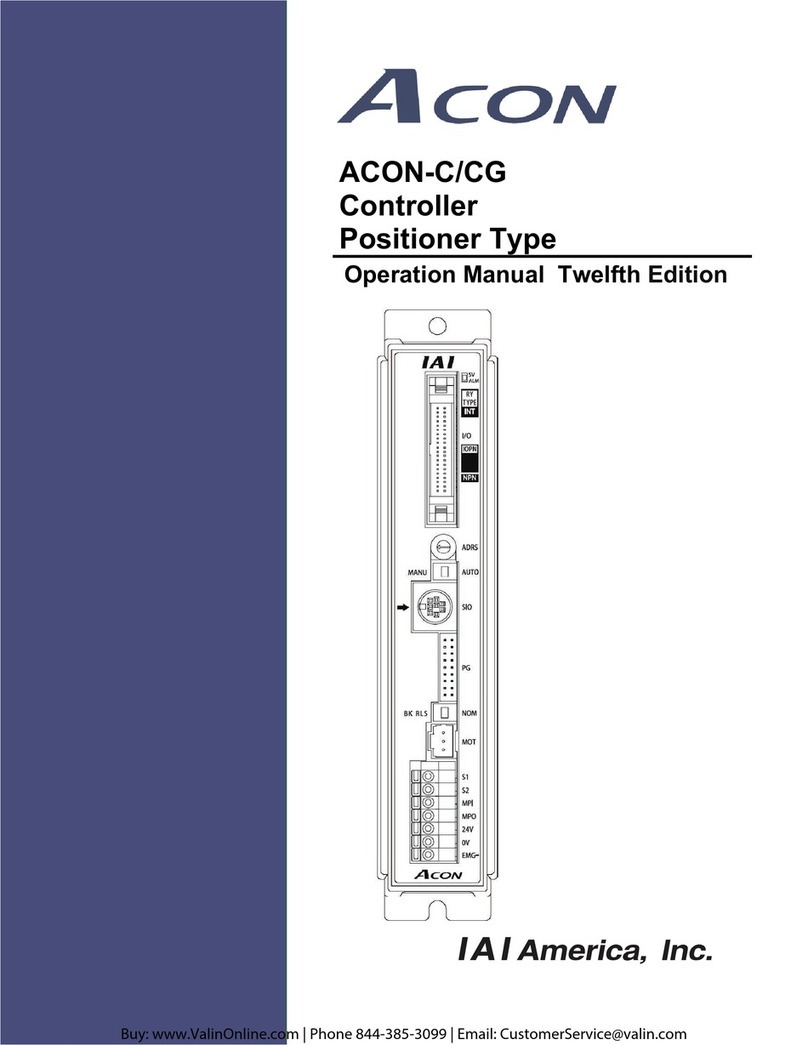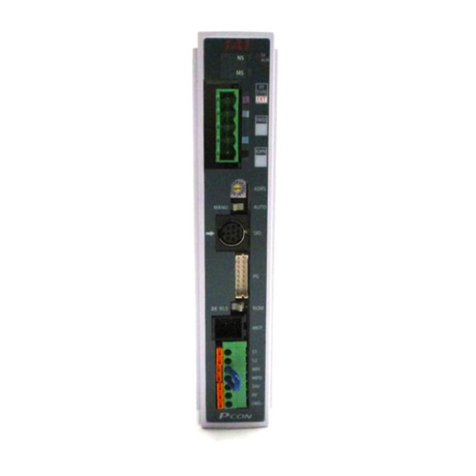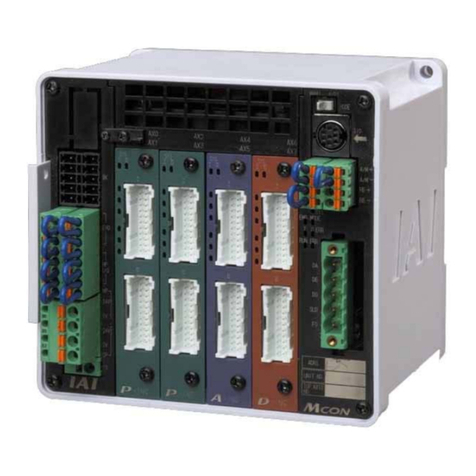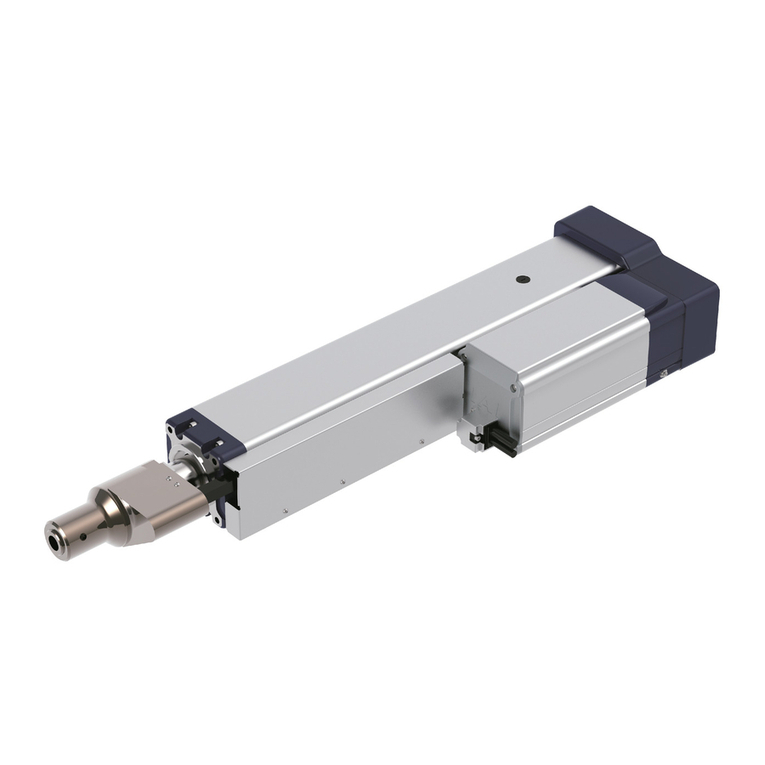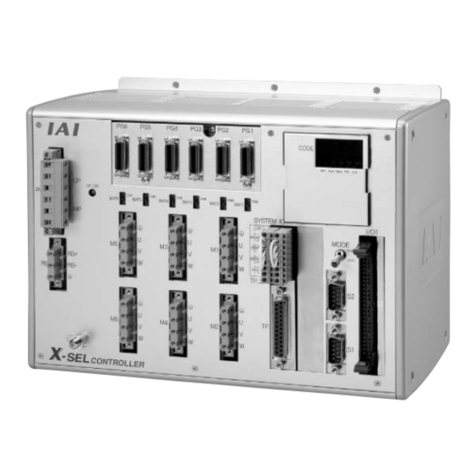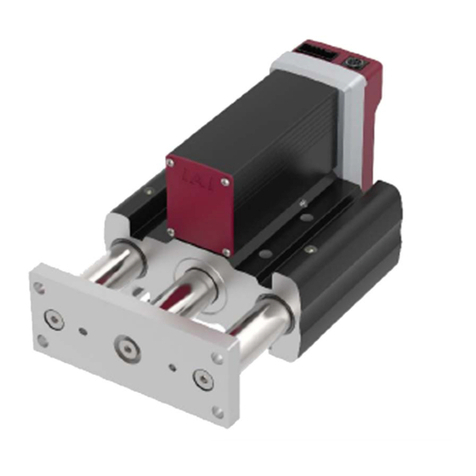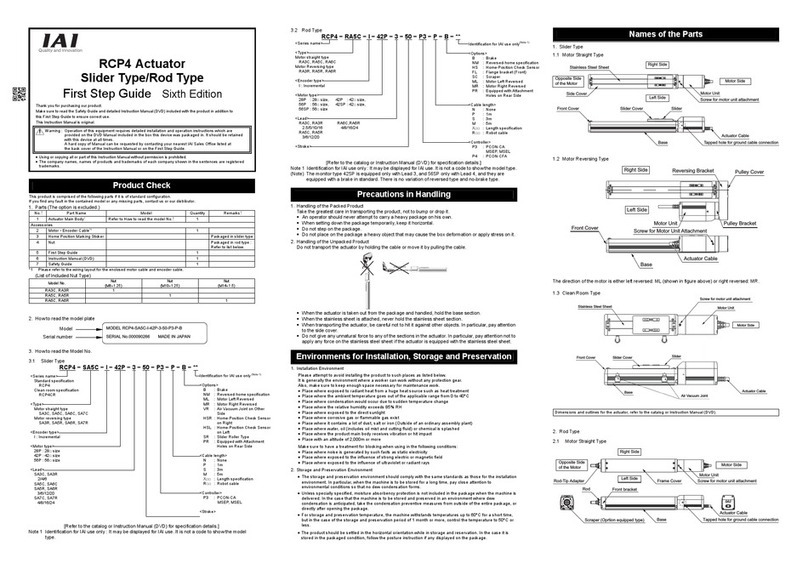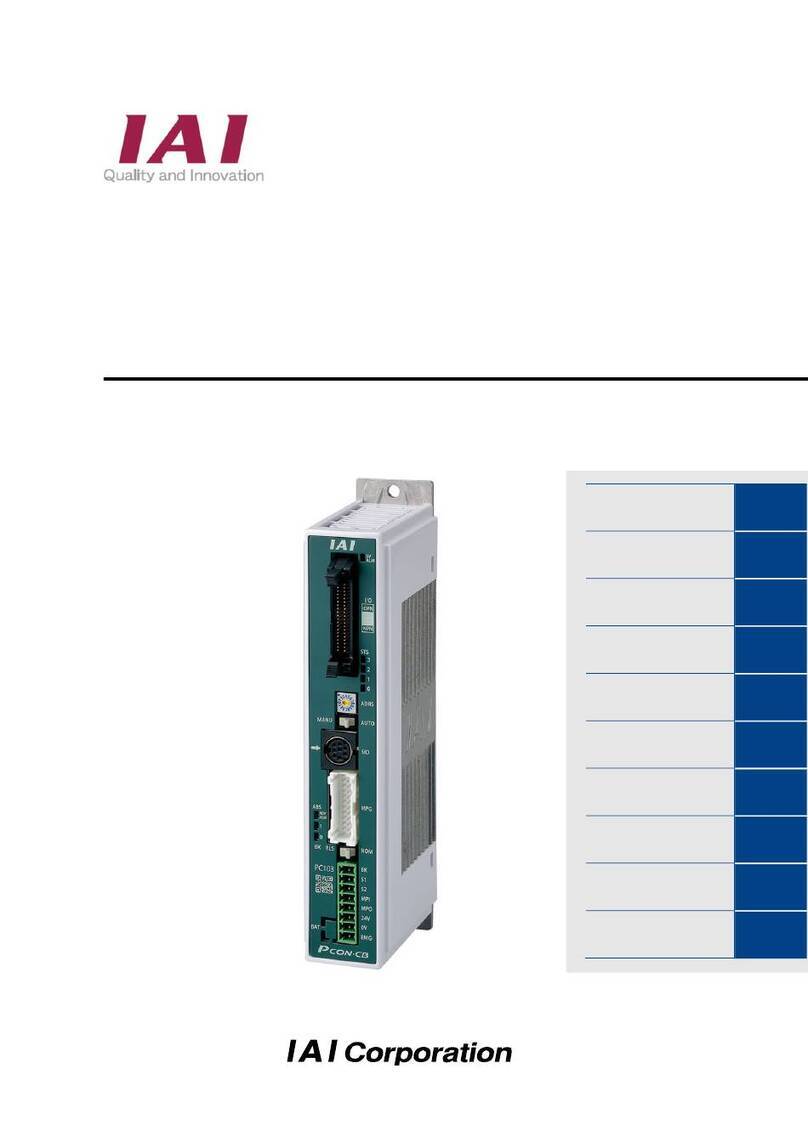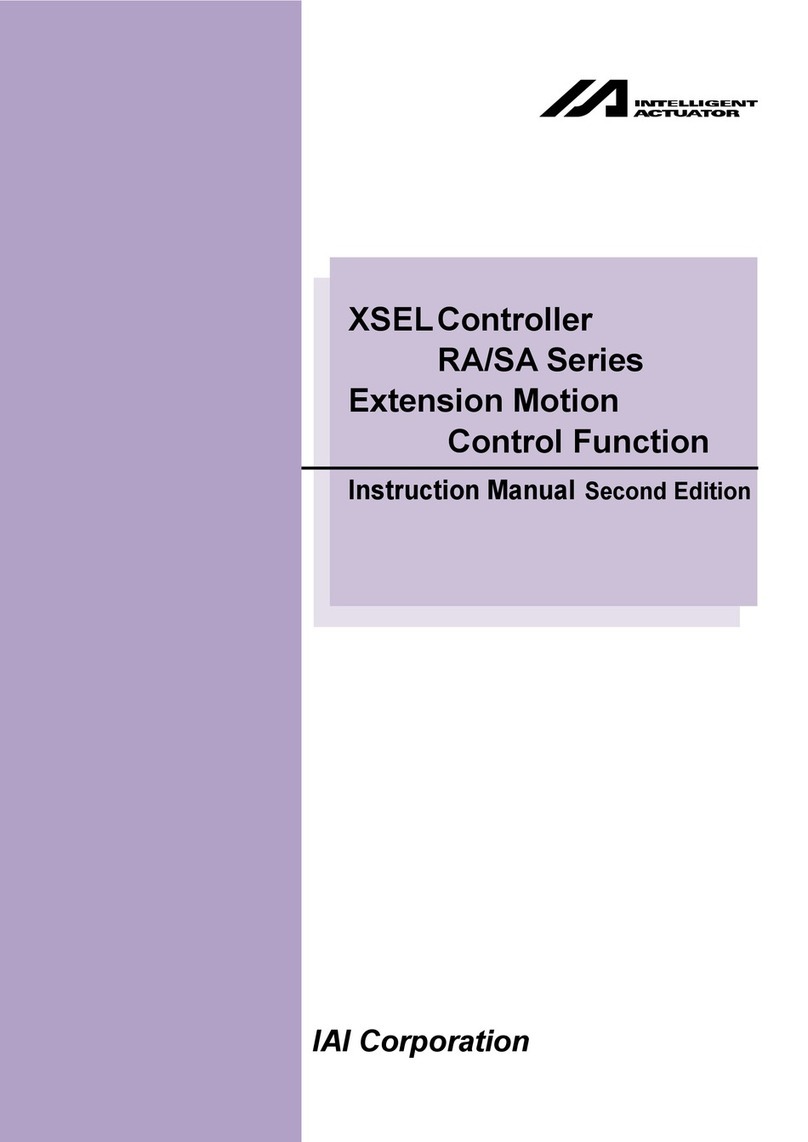
Table of Contents
1. Foreword.................................................................................................................................................... 1
2. Before You Begin....................................................................................................................................... 1
3. Safety Precautions ................................................................................................................................... 2
4. Warranty and Scope of Warranty ............................................................................................................... 3
5. Application Environment ............................................................................................................................ 4
6. Functions and Specifications of Teaching Pendant ................................................................................... 5
6-1 Specifications ................................................................................................................................ 5
6-2 External View ................................................................................................................................ 6
6-3 Description of Each Part................................................................................................................ 7
7. Connection With the Controller ................................................................................................................ 11
7-1 Connection with the Teaching Pendant....................................................................................... 11
7-2 How to Disengage the Teaching Pendant ................................................................................... 11
8. Operation: Mode Flow Chart .................................................................................................................... 12
8-1 Initial Screen and TP Operation Mode Screen During Power – UP............................................. 14
8-2 Controller Selection (when using multiple units).......................................................................... 16
8-3 Operation Mode Selection ........................................................................................................... 17
8-3-1 Positioner (PCON-PL/PO, ACON-PL/PO, or SCON: Mode Other than Pulse Train Mode)......... 17
8-3-2 Pulse Train (PCON-PL/PO, ACON-PL/PO, or SCON: Pulse Train Mode) .................................. 18
8-4 Edit/Teaching .............................................................................................................................. 19
8-4-1 PCON, ACON, SCON, or ERC2.................................................................................................. 19
8-4-2 RCP, RCS, E-Con, RCP2, or ERC.............................................................................................. 21
8-5 Position Data Table Contents...................................................................................................... 23
8-5-1 Position Data Table Contents for PCON, ACON, SCON, and ERC2 .......................................... 23
8-5-2 Position Data Table Contents for RCP, RCS, E-Con, RCP2,and ERC ....................................... 29
8-5-3 Data New Input............................................................................................................................ 31
8-5-4 Data Modification......................................................................................................................... 56
8-5-5 Clear • All Clear ........................................................................................................................... 56
8-5-6 Move ........................................................................................................................................... 61
8-5-7 Servo ON/OFF ............................................................................................................................ 68
8-5-8 Pulse Train (PCON-PL/PO, ACON-PL/PO, SCON: Pulse Train Mode) Based Jogging.............. 70
8-6 Monitor ........................................................................................................................................ 72
8-7 Error List...................................................................................................................................... 75
